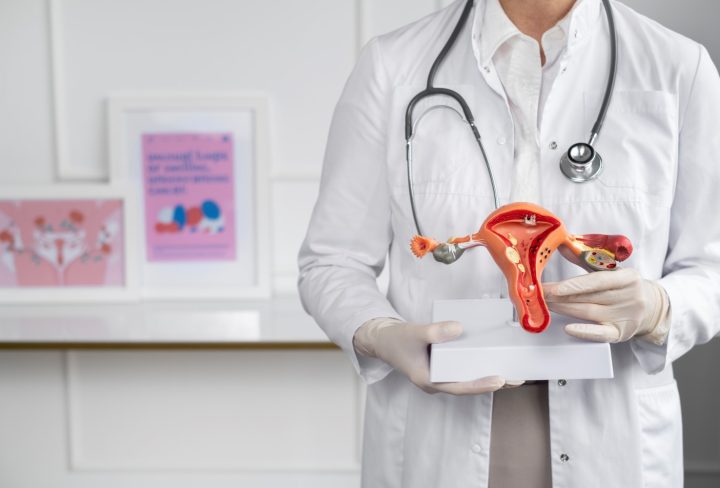Vaginoplasty is a surgical procedure that helps repair or construct a vagina. It helps treat several medical problems, which include vaginal injury during childbirth and pelvic floor disease complications (loss of bladder control, urinary incontinence, etc.). It also helps create a transgender vagina, which allows individuals to achieve their preferred gender identity.
What happens before vaginoplasty?
Before undergoing vaginoplasty, these tests may include:
- Physical exam: helps your doctor assess your health and learn more about your medical history.
- Your doctor explains about risks, benefits, and postsurgical care requirements.
- Your doctor will recommend lowering your risk of complications
- For transgender women who are undergoing vaginoplasty for gender affirmation, specific pre-operative requirements like genital hair removal are performed
What happens during vaginoplasty done for childbirth injuries?
- Removal of extra skin
- Uses stitches to secure loose tissue in part or the full depth of your vagina
- Reduces the opening size of the vagina
What happens during vaginoplasty done to repair congenital disabilities (an issue you’re born with)?
- Creates a functional vagina
- Removes excess tissue or abnormal structures
- Prevents blood from overflowing or pooling during menstrual cycles
What happens during vaginoplasty for gender affirmation surgery?
During a vaginoplasty for gender affirmation surgery, the male external genitalia is partially removed and reconfigured. The skin of the penis and scrotum is removed and used to create a vaginal canal and labia.
Recovery:
Recovery takes a few weeks to a few months, depending on the extent of the surgery. Postsurgical care after vaginoplasty relies on the type of vaginoplasty performed.
When to call the doctor?
- Blood-soaked dressings can be a sign of excessive bleeding.
- Infections can cause a fever or yellowish discharge from the incision.
- Pain that does not respond to medications.
- Symptoms of blood clots like swelling in the lower leg or groin.
- Vomiting and nausea


